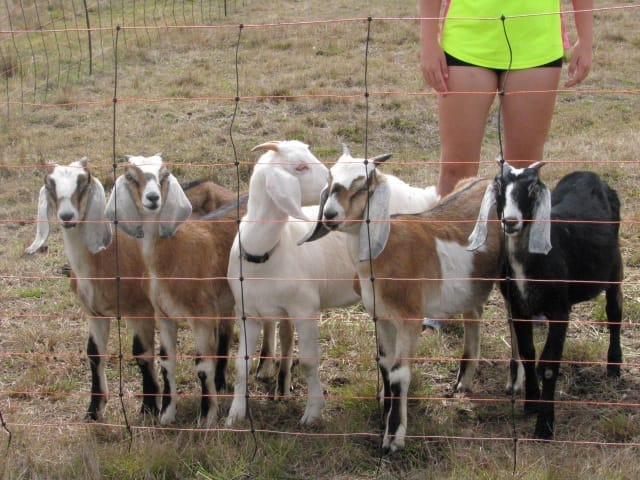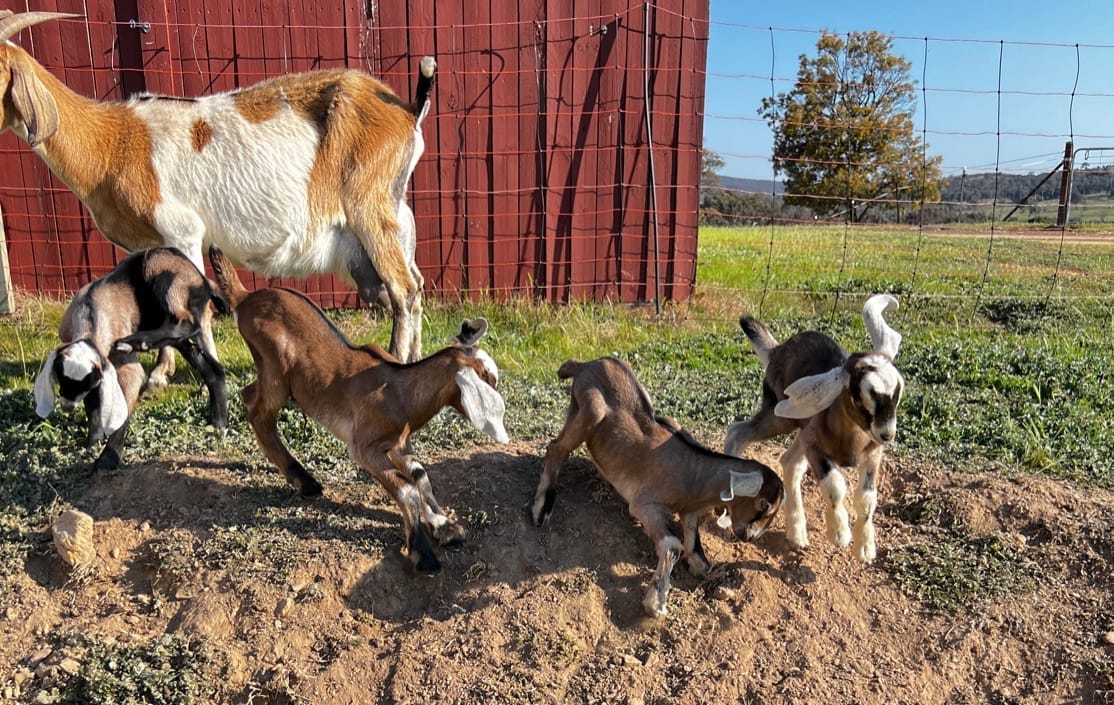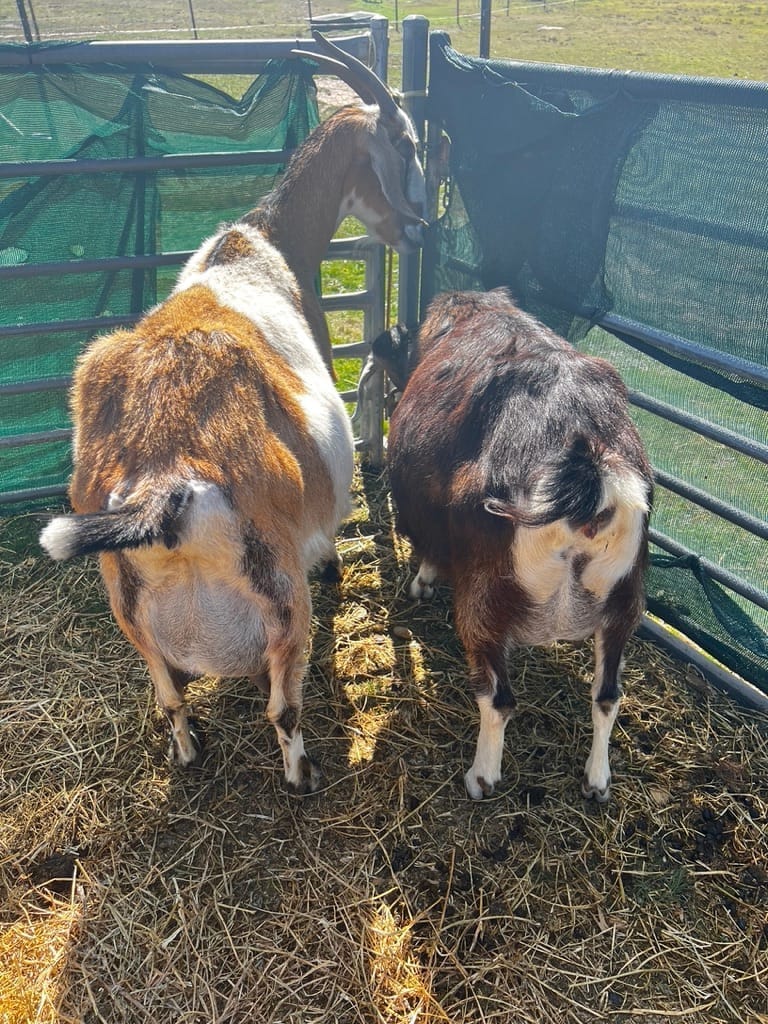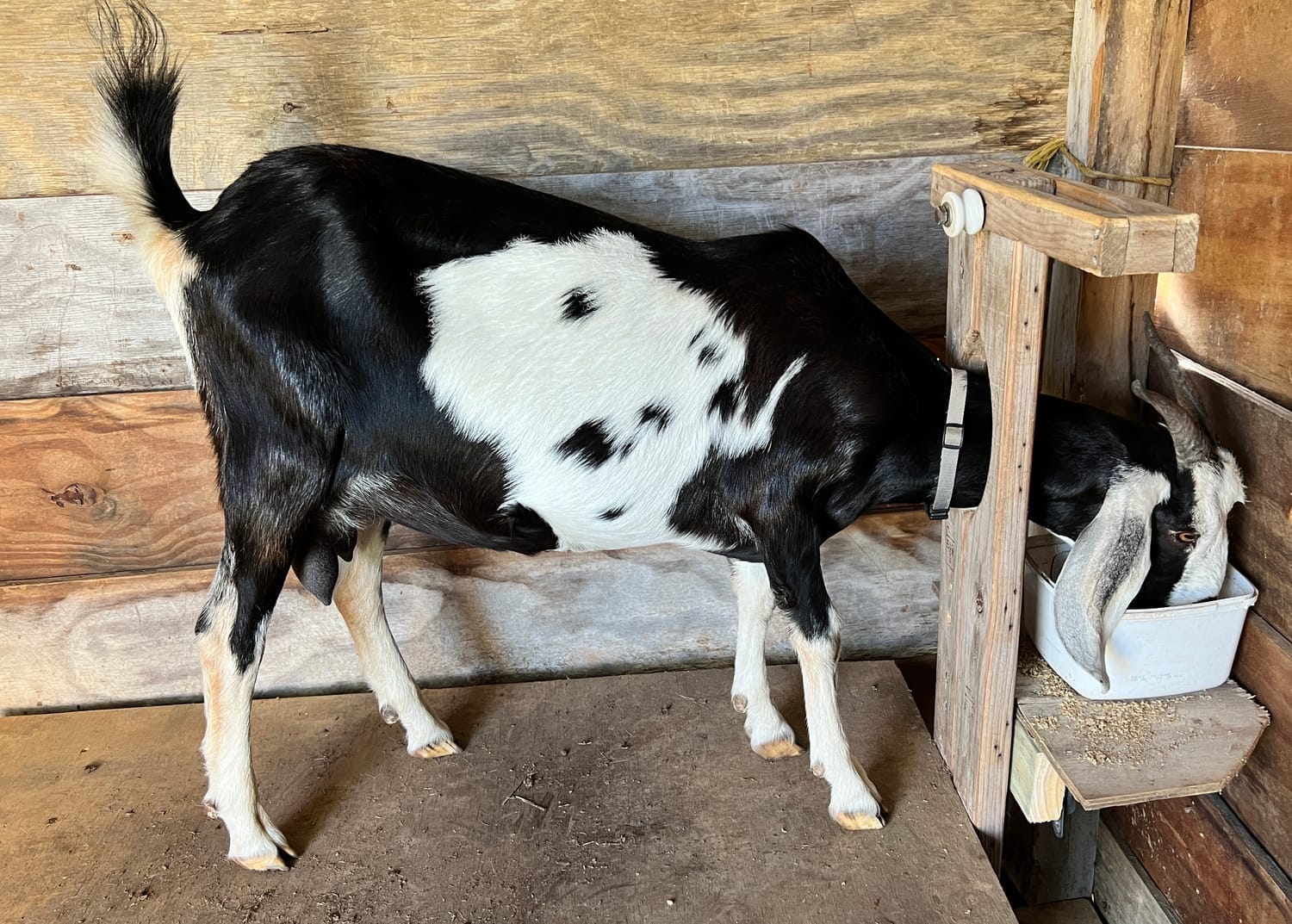
Should You Get a Dairy Goat?
Should I Get a Dairy Goat?
Deciding whether to add a dairy goat to your homesteading journey can be a big decision, but it is one that can bring about a bounty of benefits. From a fresh supply of milk to homemade cheese and even goat milk soap, raising goats offers an array of rewarding experiences.
Yet, as delightful as these animals can be, they require a commitment of time, effort, and resources.
Before jumping into milking goat ownership, it is essential to evaluate your living situation, daily schedule, and the needs of your family.
In this post, we will explore the ins and outs of caring for these charming creatures, providing you with the information you need to make an informed decision about whether a dairy goat is the right fit for your homesteading lifestyle.
Is a Dairy Goat Right for You?

Space Requirements
Dairy goats don't need a ton of space, which makes them a great option for smaller homesteads.
Unlike cows, which require acres of pasture, goats can thrive in smaller areas. A good rule of thumb is about 200 square feet per goat for outdoor space, plus a shelter area.
This means you could easily keep two goats on less than half an acre.
Time Commitment
Raising goats isn't a walk in the park - it requires daily attention.
You'll need to milk your goats once or twice a day, every day, during their lactation period. This usually takes about 20-30 minutes per goat. Plus, there's feeding, cleaning, and general care to consider.
If you're not home regularly or can't commit to this daily routine, a dairy goat might not be the best fit.

Milk Production
One of the main reasons people get into raising goats is for the milk. A good dairy goat can produce anywhere from 2-3 litres (2-3 quarts) of milk per day at peak lactation, depending on if you are co-sharing with kids.
That's a lot of milk! If your family goes through a lot of dairy, or if you're interested in making cheese or other milk products, this could be a great option.
But if you're not big milk drinkers, you might end up with more than you can use.
Cost Considerations
While goats are generally less expensive than cows, there are still costs to consider.
You'll need to factor in the initial purchase price of the goats, feed costs, veterinary care, and any equipment you'll need for milking and processing the milk.
It's a good idea to crunch the numbers and see if the potential savings on dairy products outweigh the costs of keeping goats.
Learning Curve
If you've never raised livestock before, there's definitely a learning curve with goats.
You'll need to learn about proper nutrition, health care, milking techniques, and how to handle common issues that might come up.
It's not rocket science, but it does require some study and hands-on experience.

Family Involvement
Homesteading with dairy goats can be a great family activity.
Kids often love helping with the goats, and it's a wonderful way to teach responsibility. But it's important to make sure everyone in the family is on board with the idea.
Goats are a commitment for the whole household.
Time Commitment for Milking
Milking dairy goats requires a consistent daily commitment. Most goat owners milk their animals twice a day, typically 12 hours apart.
This routine is essential for maintaining the goat's health and milk production.
The actual milking process usually takes about 10-15 minutes per goat, but you'll need to factor in additional time for setup, cleanup, and any unexpected issues that may arise.
Keep in mind that this commitment is year-round, including weekends and holidays. If you're planning vacations or time away, you'll need to arrange for someone to cover your milking duties.
Preparing for Your First Goat

Getting ready for your first dairy goat involves more than just picking out a cute animal.
This section will cover the essential preparations you need to make, including setting up proper fencing and shelters, choosing the right breed for beginners, and understanding basic feeding and nutrition requirements.
Essential Fencing and Shelters
Proper fencing and shelter are crucial for keeping your goats safe, healthy, and contained.
Goats are notorious escape artists, so your fencing needs to be sturdy and well-maintained.
The Prairie Homestead suggests using woven wire fencing that's at least 4 feet high. Electric fencing can also be effective, especially as an added deterrent to predators.
For shelter, goats need a dry, draft-free space that protects them from rain, wind, and extreme temperatures. A simple three-sided shelter with a sloped roof is often sufficient.
Ensure the shelter is large enough to comfortably accommodate all your goats, with about 10-15 square feet per animal.
Building a Self-Sufficient Homestead
Incorporating dairy goats into your homestead can significantly boost your self-sufficiency.
These versatile animals contribute more than just milk to a homestead ecosystem.
Goats are excellent browsers, helping to clear brush and invasive plants from your property. Their manure makes excellent fertilizer for gardens and orchards, completing a natural cycle of nutrient return to the soil.
For those interested in meat production, goat kids not needed for dairy can be raised for meat, providing another source of homegrown protein. The hides from butchered goats can even be tanned for leather, though this requires specialized skills.
BY MOJO HOMESTEAD











